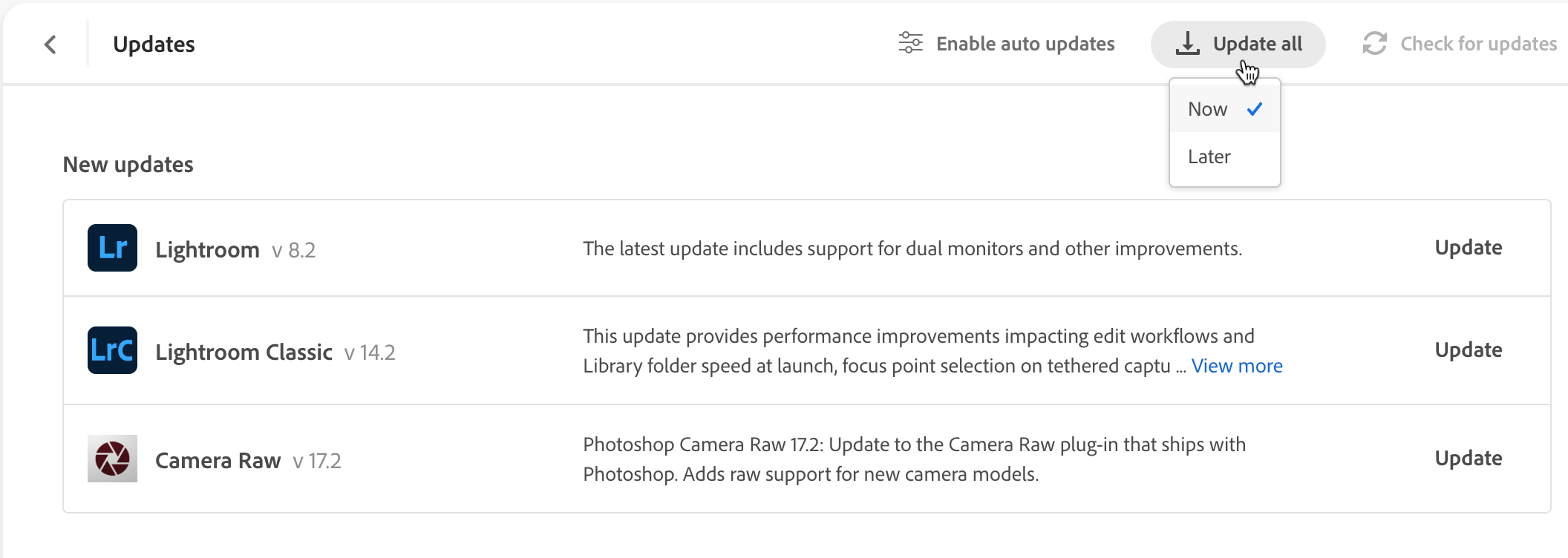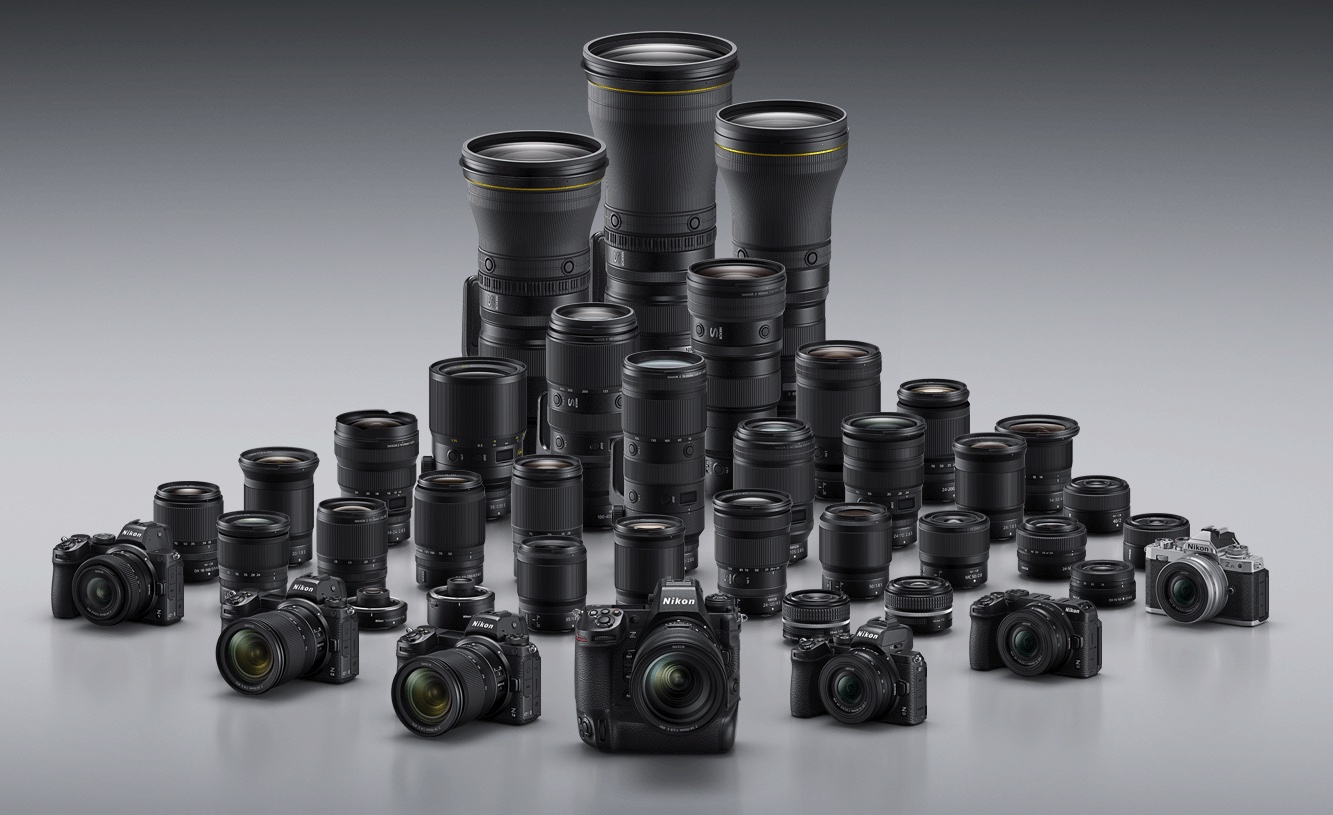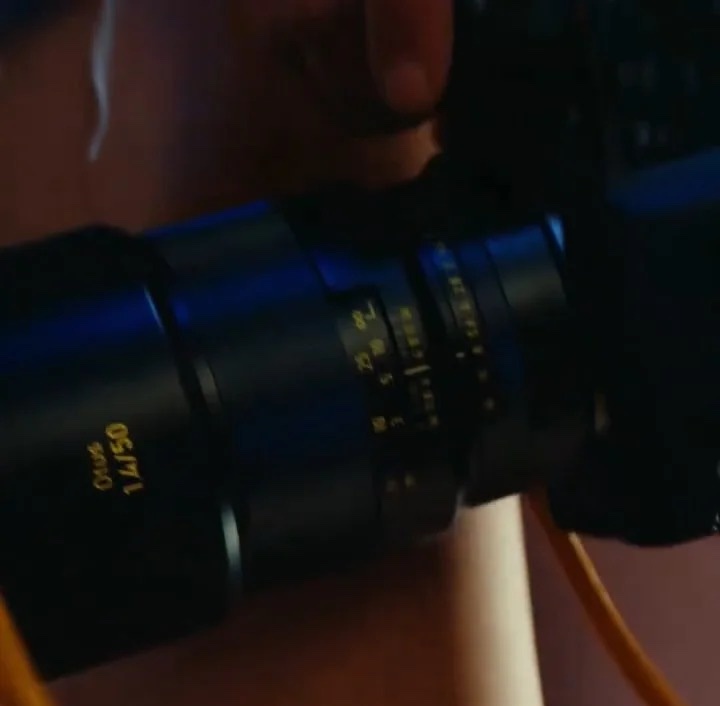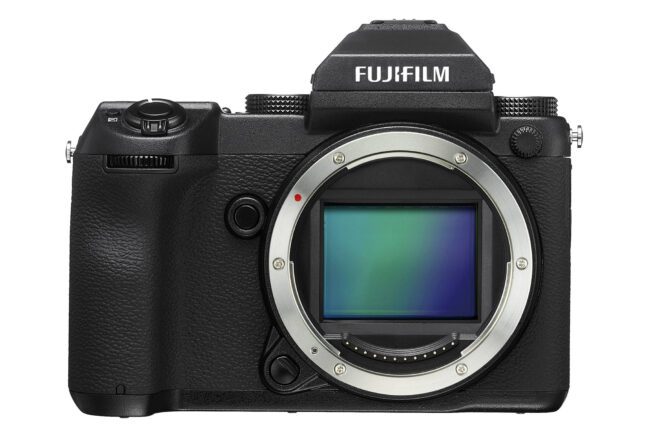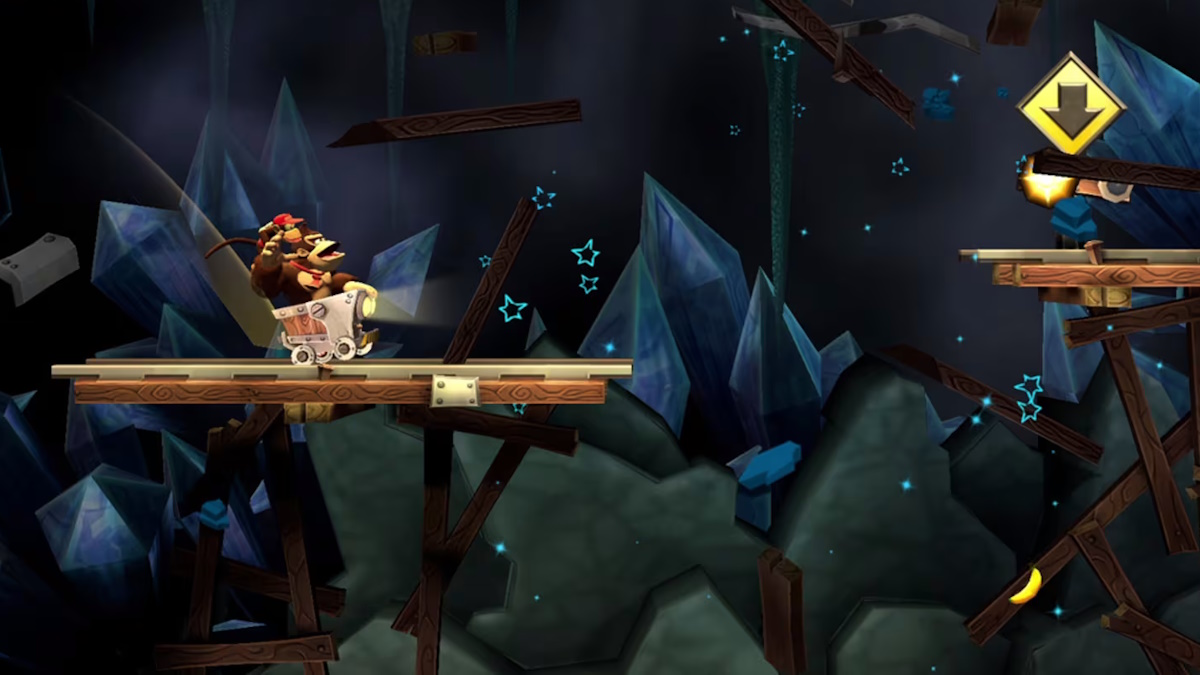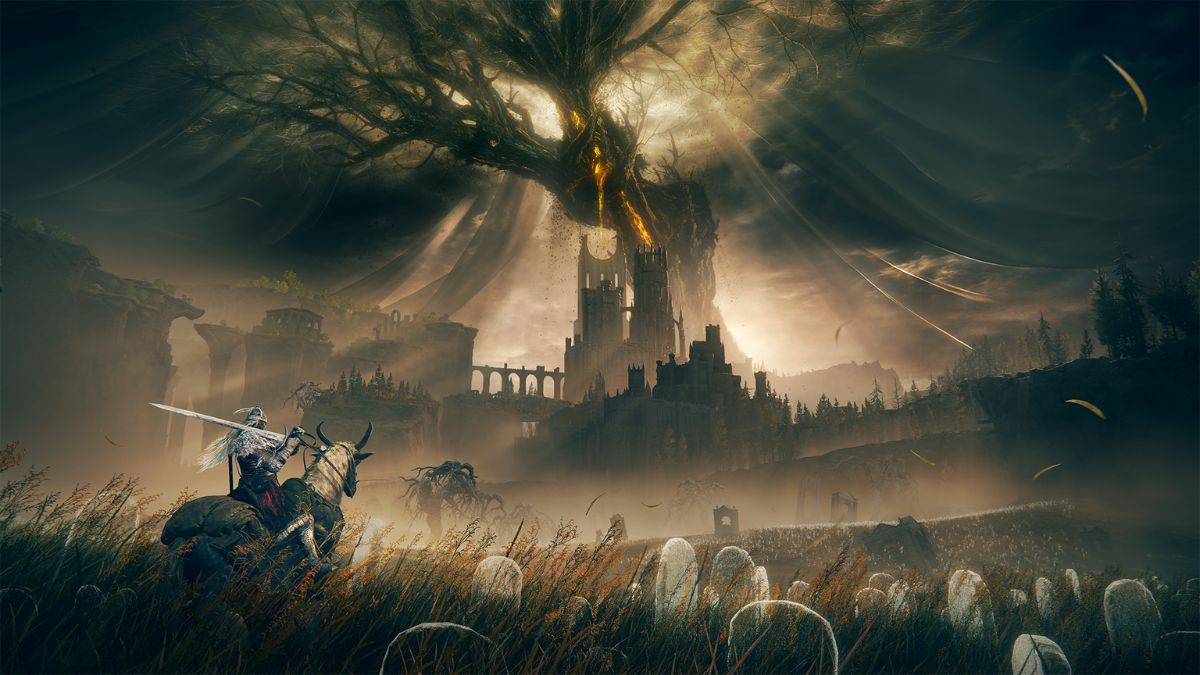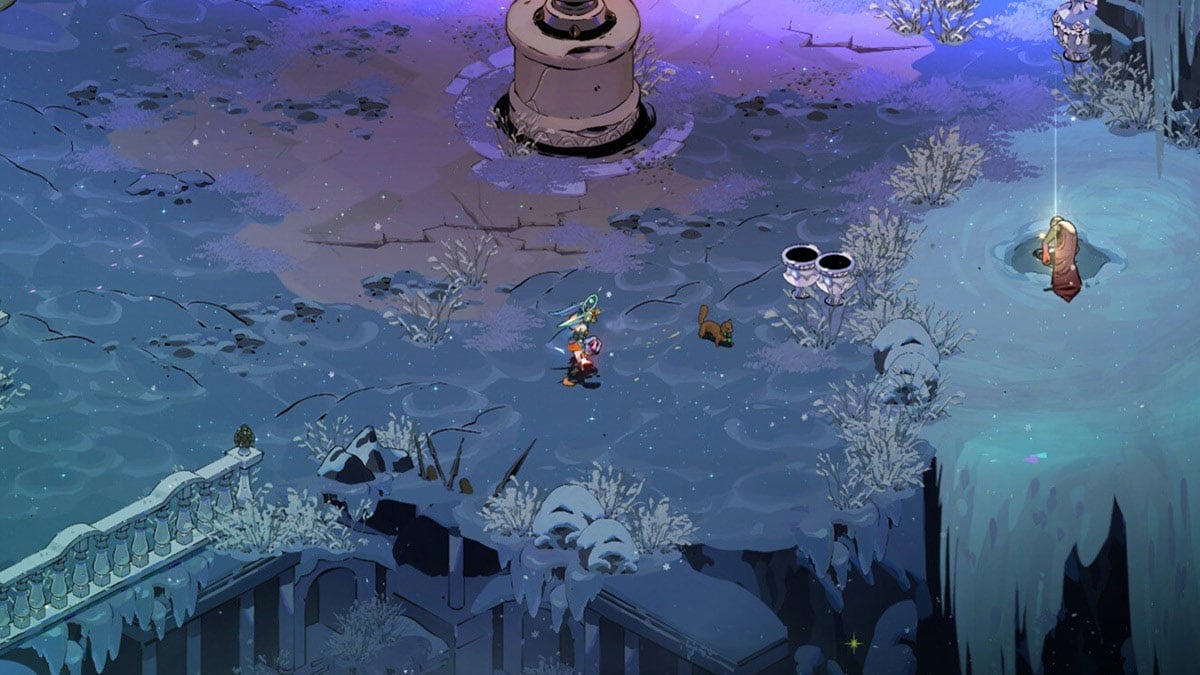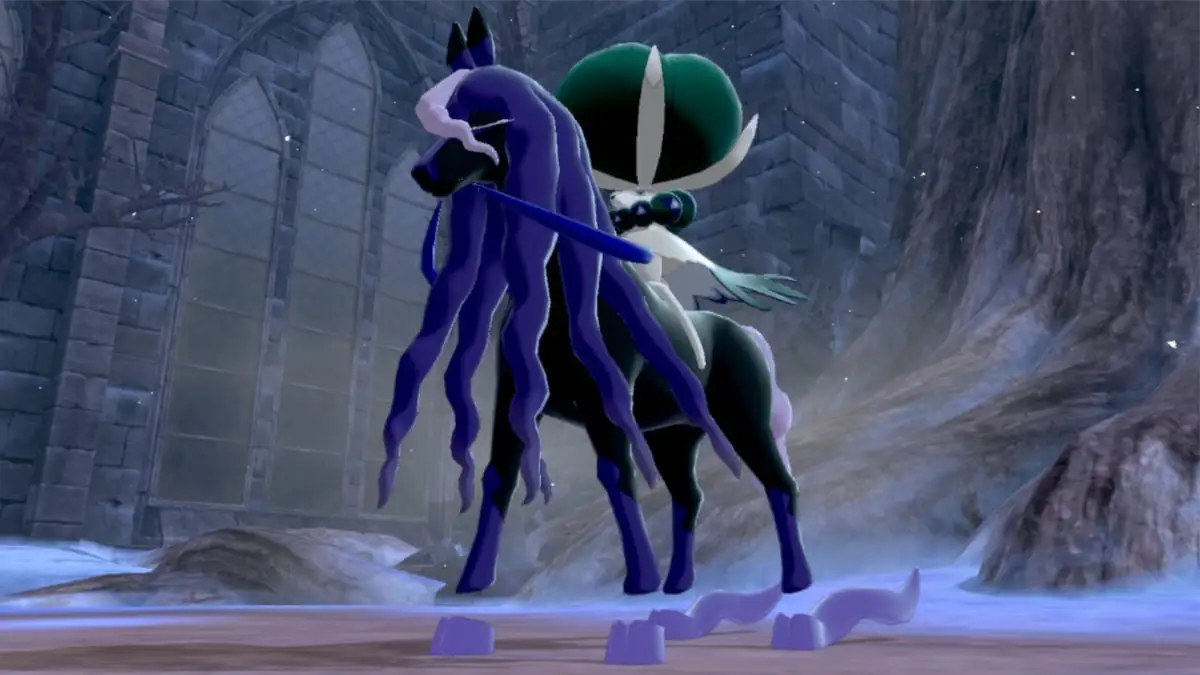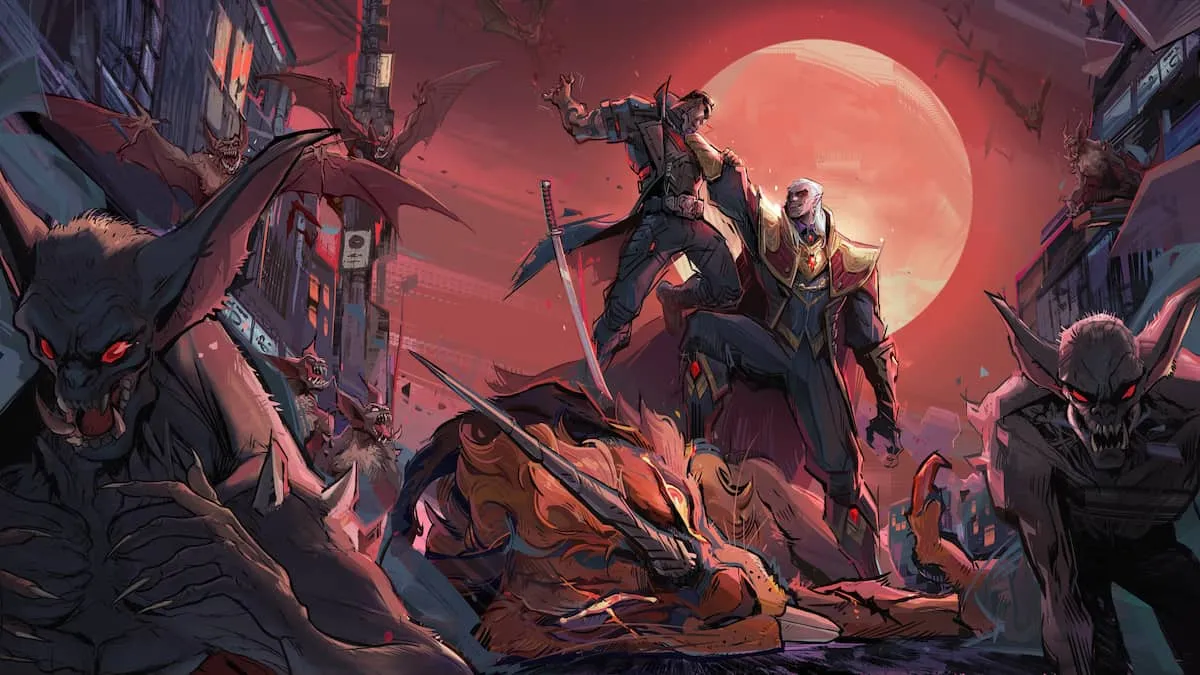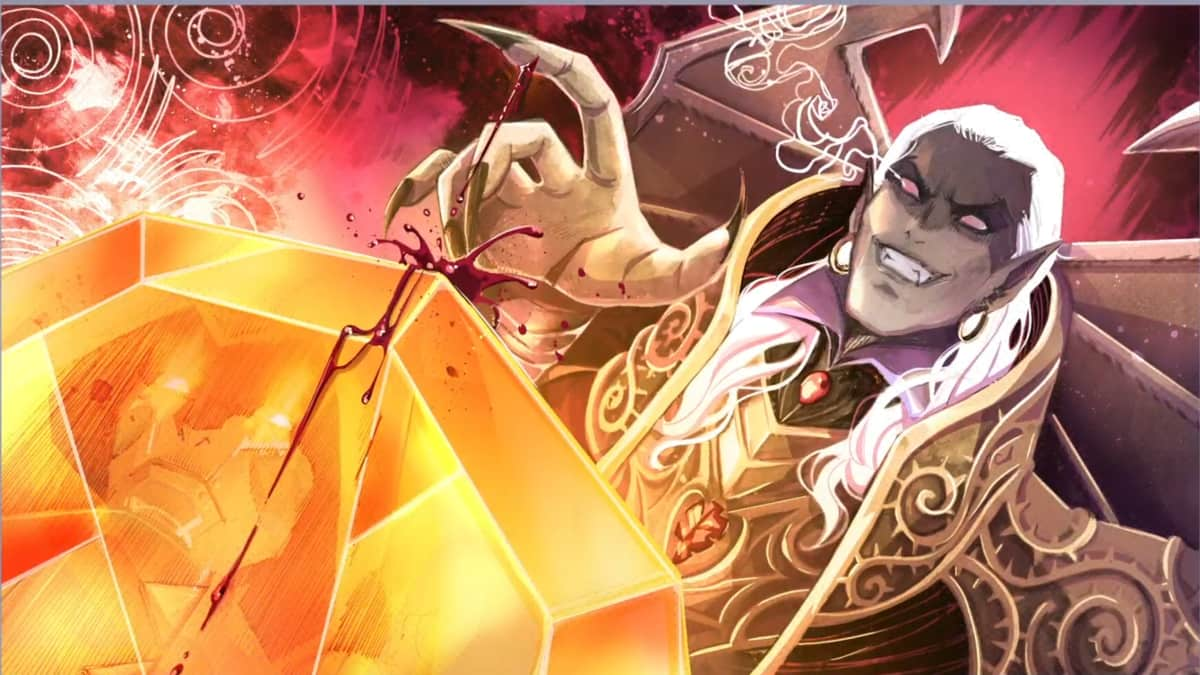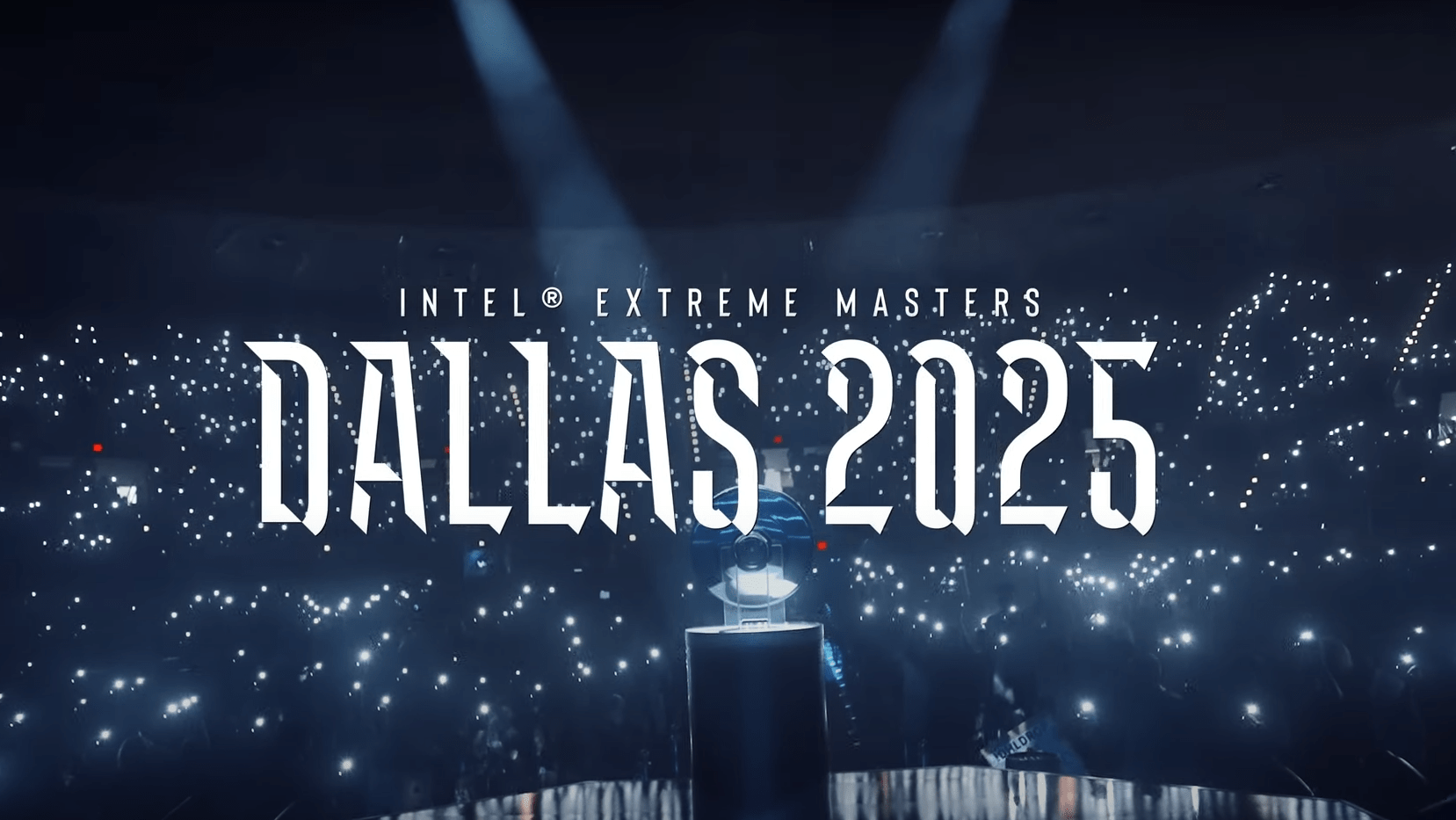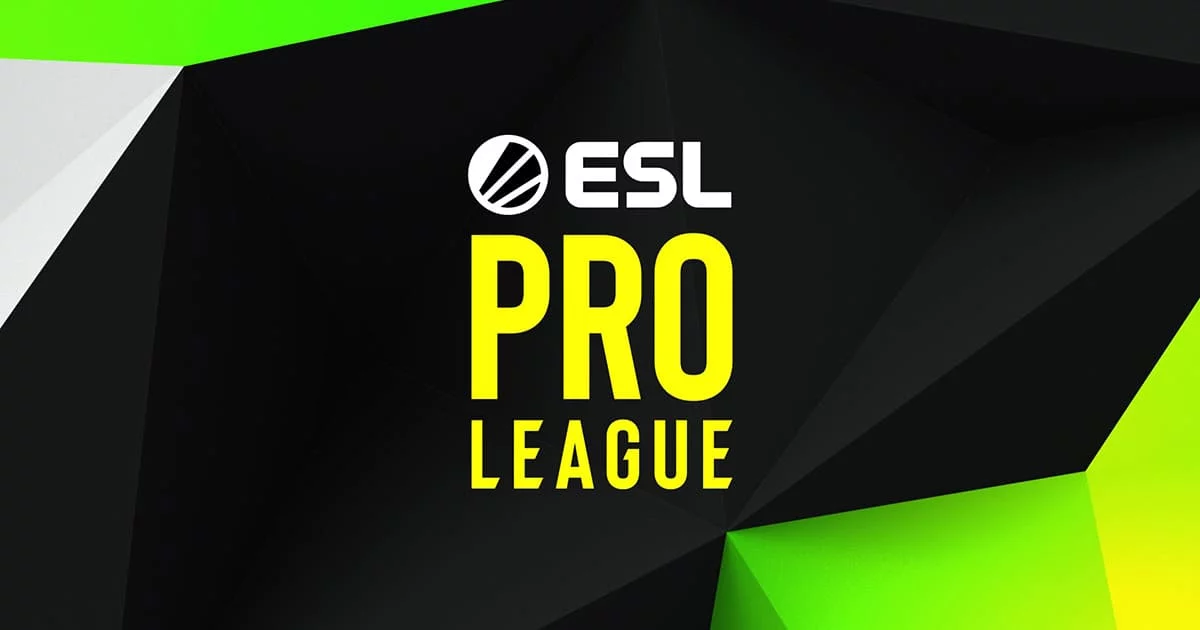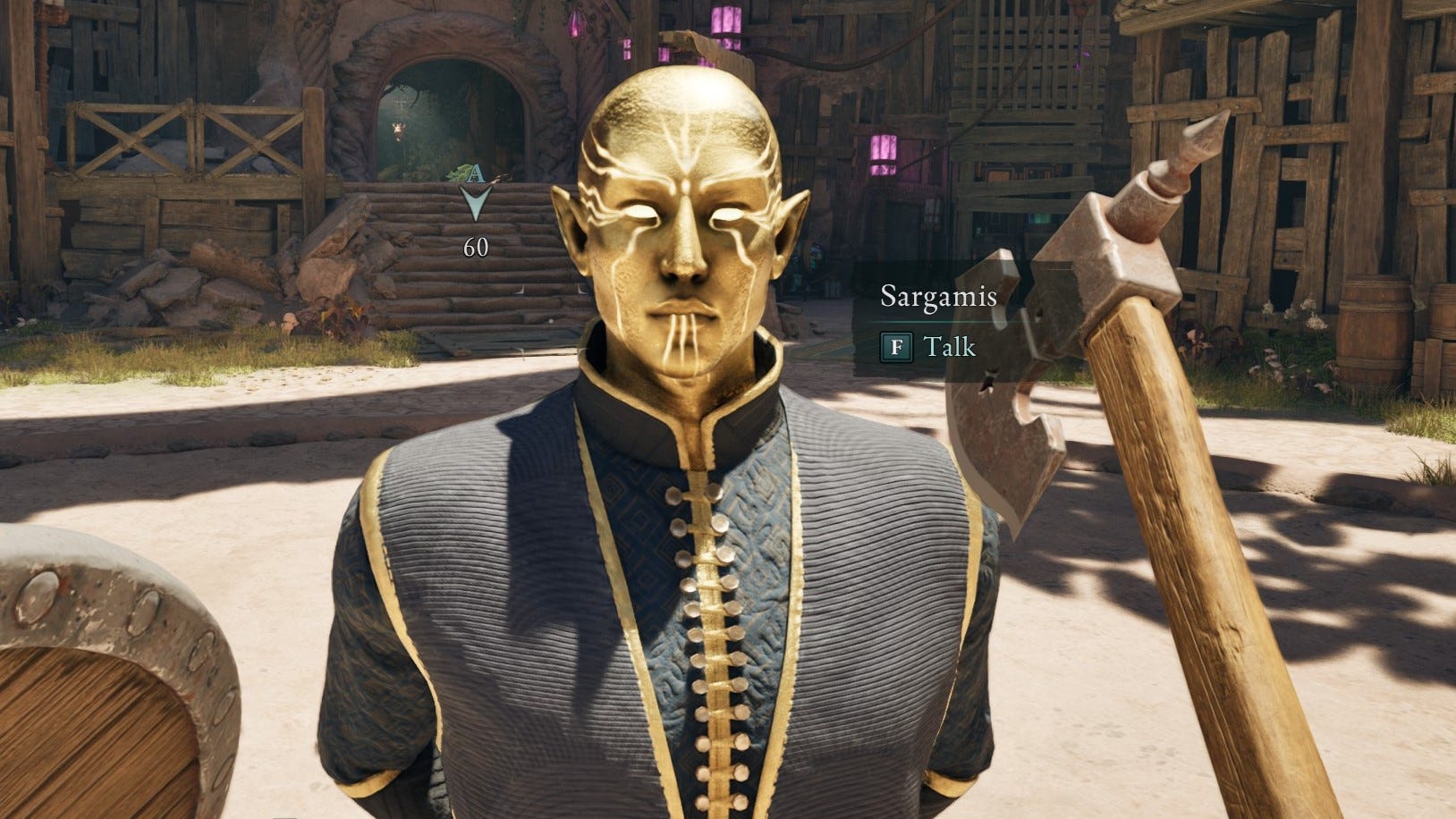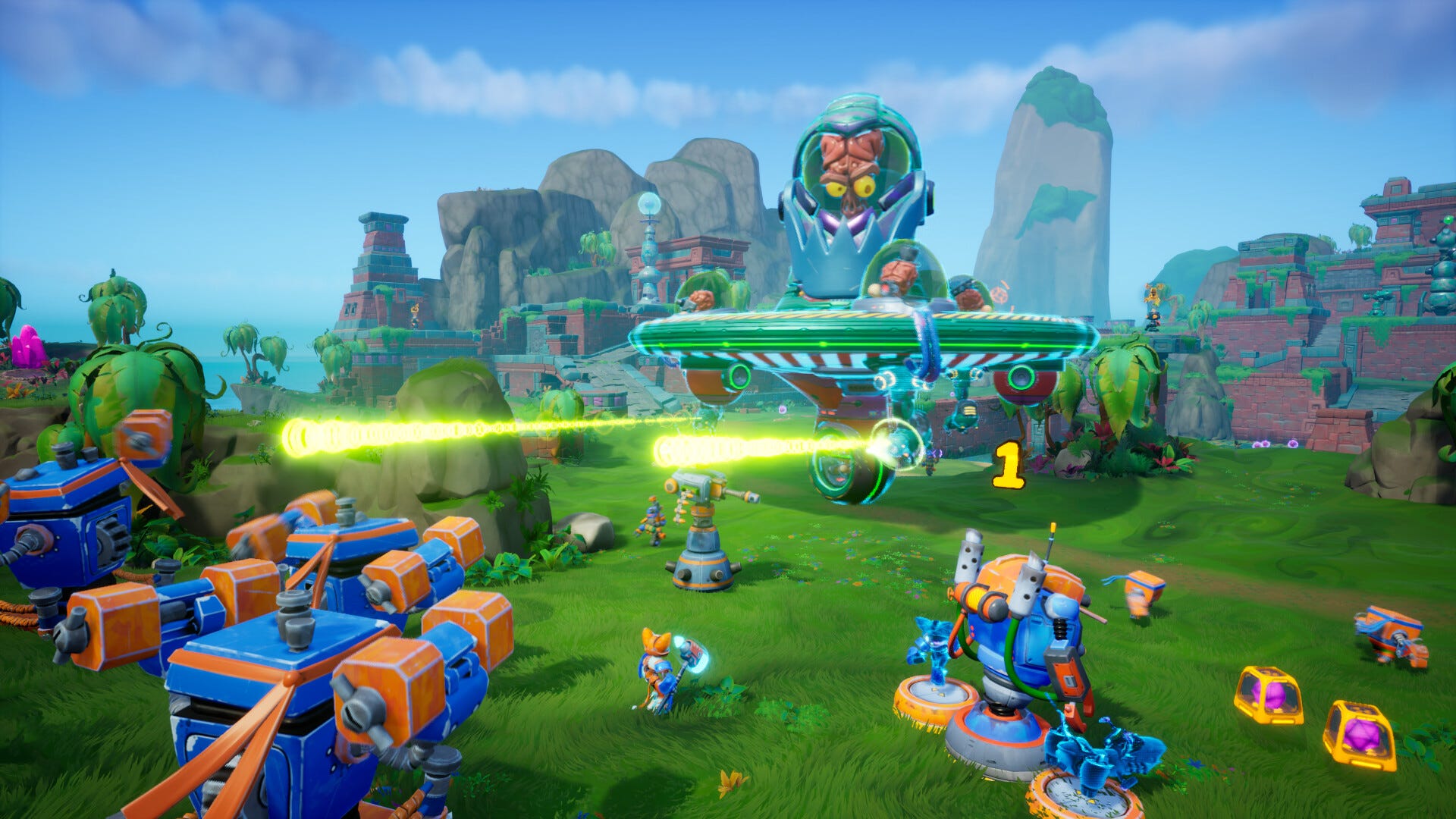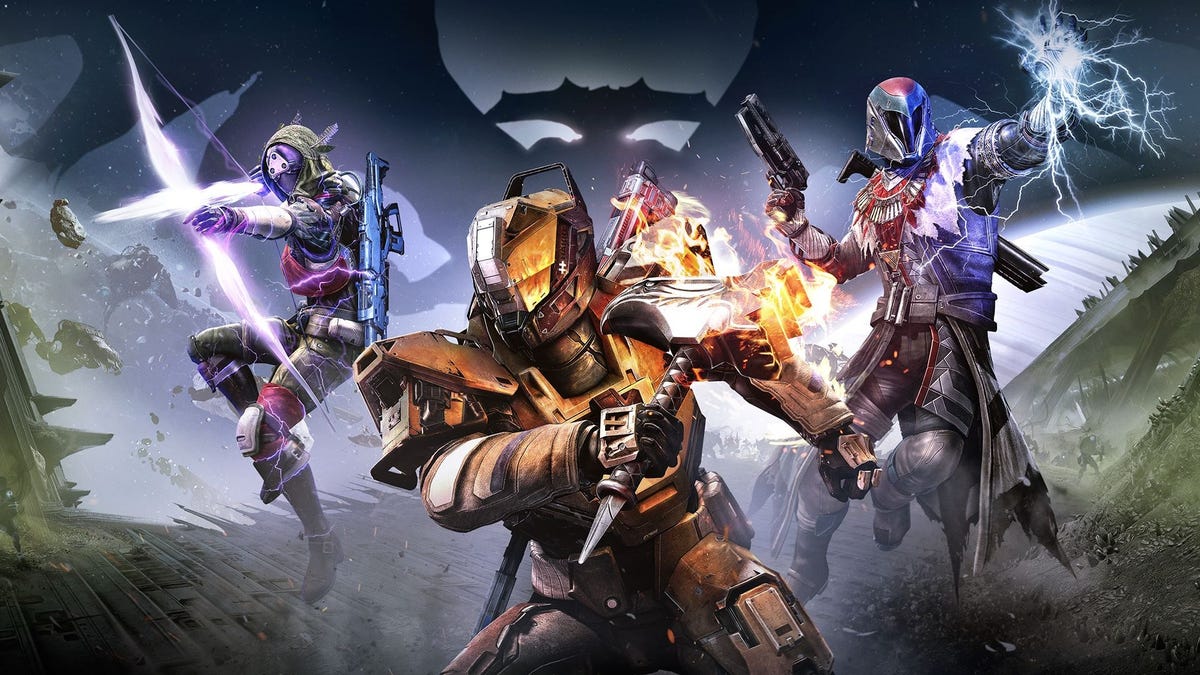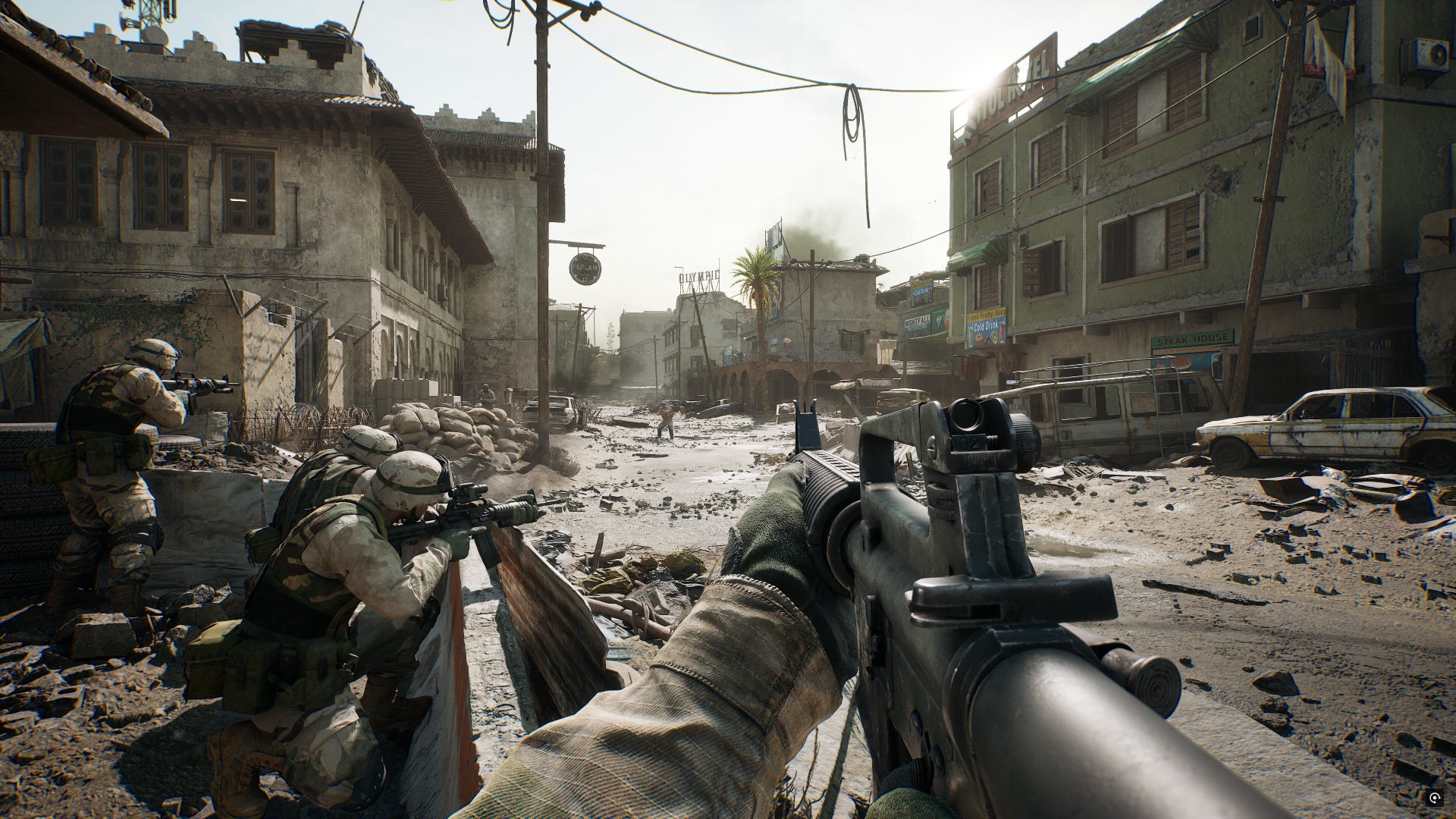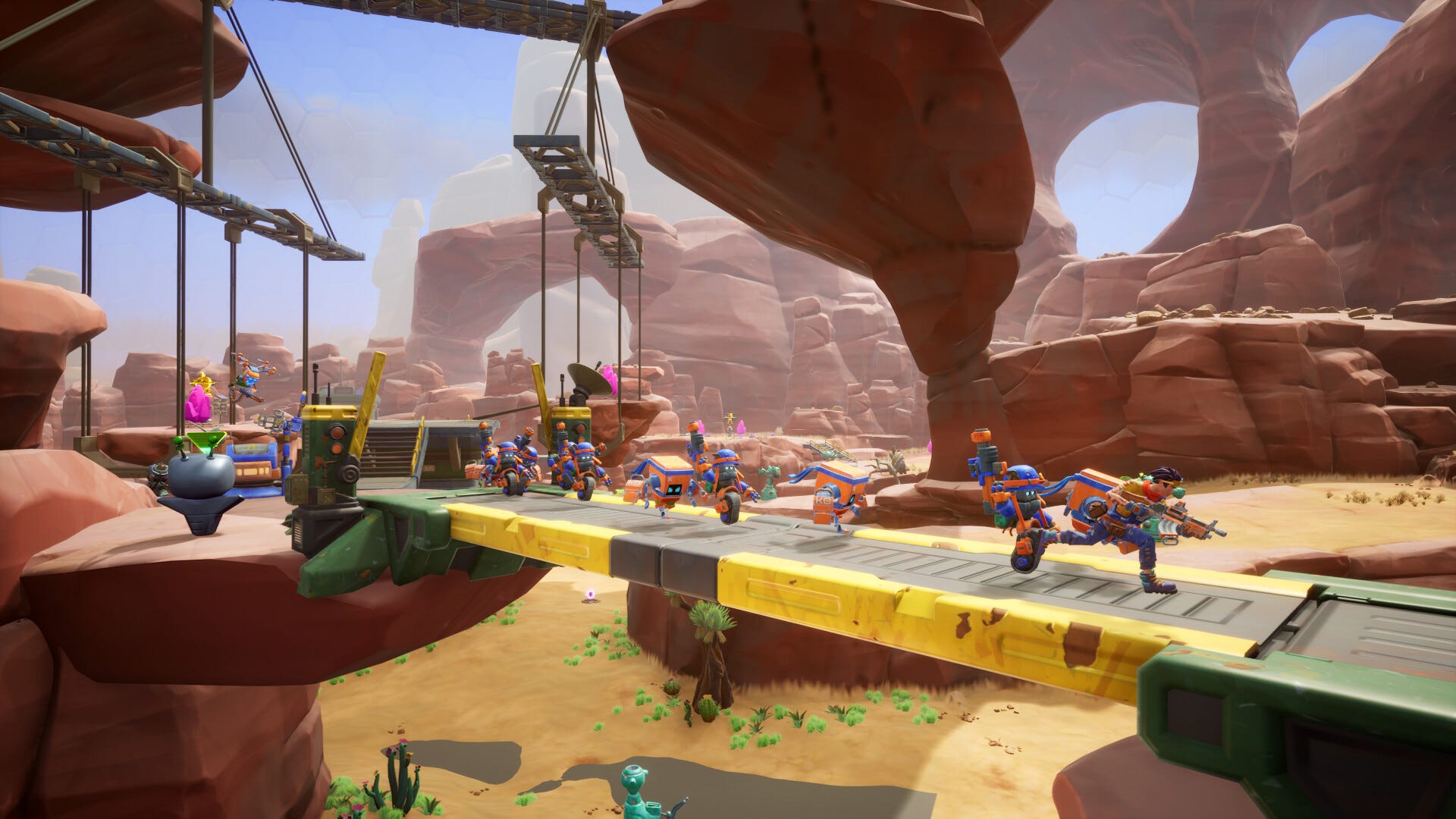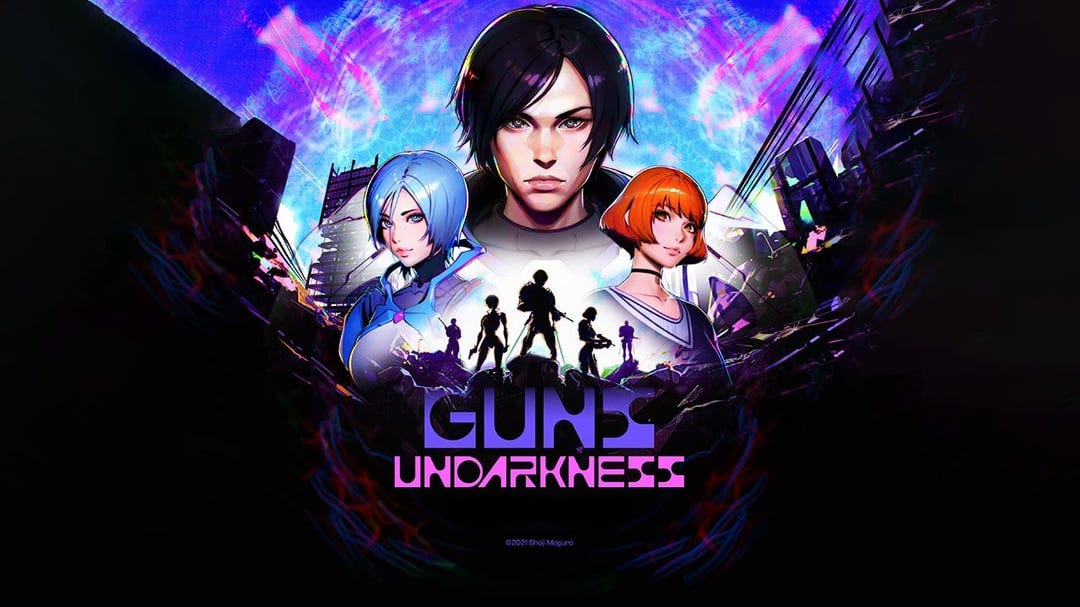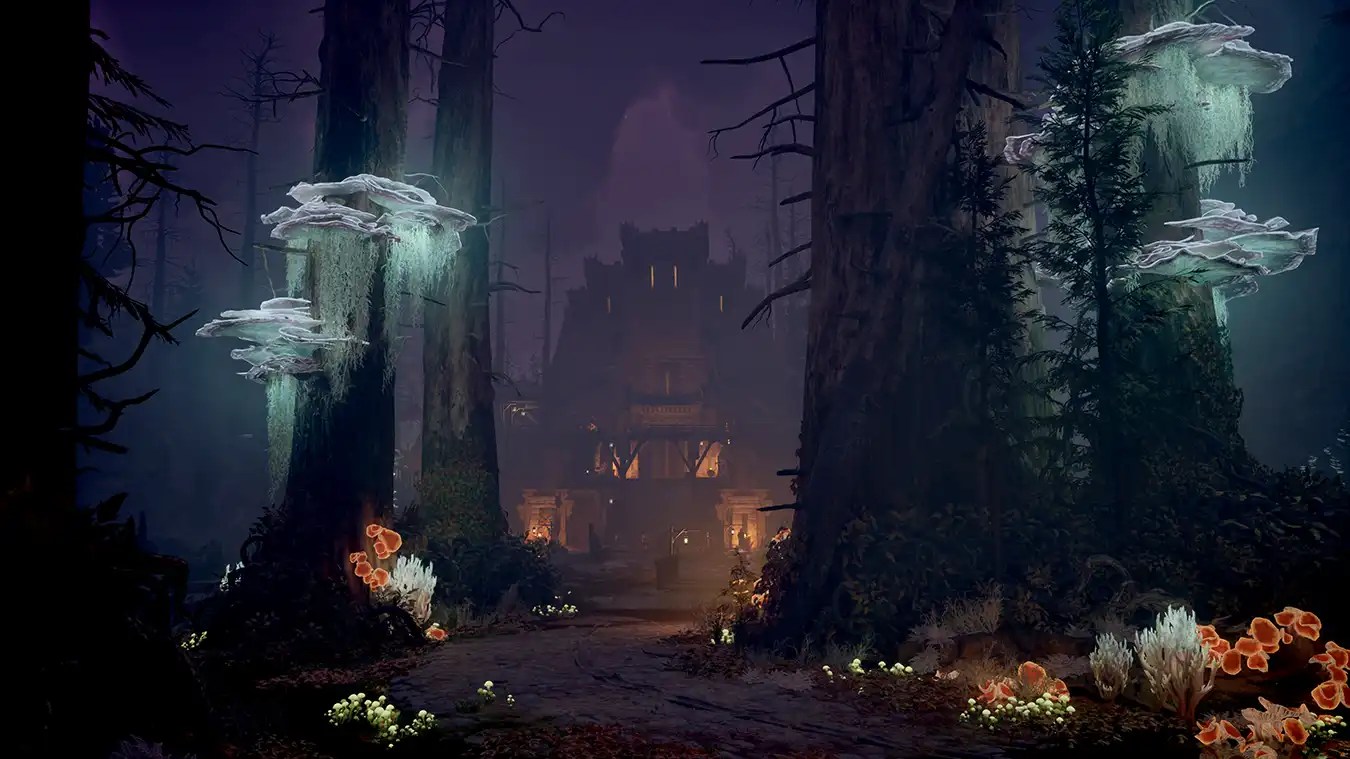Review: Tomb Raider IV-V-VI Remastered
The second Tomb Raider trilogy and the third entry in Saber's grand Tomb Raider and Soul Reaver restoration effort is now out. It's time to find out if the developers treated this divisive batch of Tomb Raider games well enough to see them soar to never-before-seen heights. In my review of the I-III trilogy, I discussed the great, the good, and the lackluster about the remasters — which was very little, it turned out. I could afford to do that as the three games were very similar. This time, however, I'm covering the base elements that carried over from the previous remaster trilogy, then doing a necessarily separate look into each of these three distinct titles. Tomb Raider IV-V-VI Remastered review (PC [Reviewed])Developer: Saber, Aspyr, Crystal DynamicsPublisher: AspyrReleased: February 14, 2025MSRP: $29.99 Saber's remaster standard The original remaster trilogy set the gold standard for what a modern remaster should achieve. Everything looks better courtesy of new models, beautiful new high-res textures, and improved lighting. Don't like the cool new graphics? No problem, as a toggle allows players to go through the entirety of the games looking like they did upon release. The games also benefitted from allowing players to enjoy the game through the original control settings, or via a revamped modern control scheme and a bunch of quality-of-life improvements such as indicators of interactable objects. Most of these improvements carry over to the second remaster trilogy, with some exceptions in the third game. Now let's look at what makes each of the new remasters interesting. Tomb Raider Chronicles Remastered Though I'm going over Chronicles first, I must remind you that this is actually the middle entry in the second trilogy — Tomb Raider 5, if you will. I'm doing that not to keep up with the disjointed spirit of the trilogy but because it makes sense. Chronicles is a rather simple game, and the one closest to the original trilogy in terms of structure. Chronicles was born out of Core Design's necessity to release one Tomb Raider entry each year. 5 years in, you can see how tired everyone was. The result is not a cohesive narrative but a collage of four different gameplay and story segments glued together via the thinnest plot thread imaginable. Chronicles' original release felt like a B-side collection that Eidos sold as a new album. Two of the four parts play like middle-of-the-road Tomb Raider adventures. The first one, Rome, is easily the blandest of the bunch — the first bizarre choice for a game with no narrative obligations. The second one takes place in Russia and features some pretty decent claustrophobia-inducing action as Lara ventures into a doomed war submarine. The two final segments, however, are where the little magic Chronicles has to offer lies. The third one has you play as a young version of Lara, one who's yet to be allowed to use her famous dual pistols — or any sort of weapon, for that matter. This forces players to engage the game in a completely different way, and, even though something's missing — not just the guns, some more mechanics to make things more interesting, perhaps — it remains a valiant effort in tinkering with the formula. The final segment is easily the most memorable one. It has Lara breaking into a high-tech complex and using primitive stealth to steal an artifact from her mentor. You feel the Metal Gear Solid influence, and it has players using cool tech gadgets to mess with the enemy's advanced security system. It absolutely doesn't play as well as MGS — or even as well as the best regular Tomb Raider levels — but it is the most entertainingly daring deviation from the formula inside the two original trilogies. Image via Aspyr Naturally, it also oozes the most try-hard Nu-metal "cool" you can only find on an original release from the early '00s. Chronicles wasn't a great game at the time of release, and likely won't gain any new fans just because it now features the quality-of-life improvements Saber had previously put in the original trilogy. Now, regarding the visual remaster work itself, Saber either did an even better job than it previously had or did the same job but wielded even better results as the 5th game's slightly superior tech allowed for it. I believe the latter is the case, and I intend to prove it in my next segment through screenshots that I believe will absolutely blow your mind. Tomb Raider: The Last Revelation Tomb Raider 4 was the first one to attempt a bigger deviation from the norm, and the one that got better results out of it. Aside from a short tutorial set in Cambodia, The Last Revelation takes place entirely in Egypt. This is by far the largest game in the series, so the solo setting could end up wearing out its welcome quickly – but that doesn't happen courtesy of varied environments coupled with some pretty original challenges. TLR features some of the best temples, traps, puzzles, and ov


The second Tomb Raider trilogy and the third entry in Saber's grand Tomb Raider and Soul Reaver restoration effort is now out. It's time to find out if the developers treated this divisive batch of Tomb Raider games well enough to see them soar to never-before-seen heights.
In my review of the I-III trilogy, I discussed the great, the good, and the lackluster about the remasters — which was very little, it turned out. I could afford to do that as the three games were very similar. This time, however, I'm covering the base elements that carried over from the previous remaster trilogy, then doing a necessarily separate look into each of these three distinct titles.
Tomb Raider IV-V-VI Remastered review (PC [Reviewed])
Developer: Saber, Aspyr, Crystal Dynamics
Publisher: Aspyr
Released: February 14, 2025
MSRP: $29.99
Saber's remaster standard
The original remaster trilogy set the gold standard for what a modern remaster should achieve. Everything looks better courtesy of new models, beautiful new high-res textures, and improved lighting. Don't like the cool new graphics? No problem, as a toggle allows players to go through the entirety of the games looking like they did upon release.
The games also benefitted from allowing players to enjoy the game through the original control settings, or via a revamped modern control scheme and a bunch of quality-of-life improvements such as indicators of interactable objects.
Most of these improvements carry over to the second remaster trilogy, with some exceptions in the third game.
Now let's look at what makes each of the new remasters interesting.
Tomb Raider Chronicles Remastered
Though I'm going over Chronicles first, I must remind you that this is actually the middle entry in the second trilogy — Tomb Raider 5, if you will. I'm doing that not to keep up with the disjointed spirit of the trilogy but because it makes sense. Chronicles is a rather simple game, and the one closest to the original trilogy in terms of structure.
Chronicles was born out of Core Design's necessity to release one Tomb Raider entry each year. 5 years in, you can see how tired everyone was. The result is not a cohesive narrative but a collage of four different gameplay and story segments glued together via the thinnest plot thread imaginable.
Chronicles' original release felt like a B-side collection that Eidos sold as a new album. Two of the four parts play like middle-of-the-road Tomb Raider adventures. The first one, Rome, is easily the blandest of the bunch — the first bizarre choice for a game with no narrative obligations. The second one takes place in Russia and features some pretty decent claustrophobia-inducing action as Lara ventures into a doomed war submarine.
The two final segments, however, are where the little magic Chronicles has to offer lies. The third one has you play as a young version of Lara, one who's yet to be allowed to use her famous dual pistols — or any sort of weapon, for that matter. This forces players to engage the game in a completely different way, and, even though something's missing — not just the guns, some more mechanics to make things more interesting, perhaps — it remains a valiant effort in tinkering with the formula.
The final segment is easily the most memorable one. It has Lara breaking into a high-tech complex and using primitive stealth to steal an artifact from her mentor. You feel the Metal Gear Solid influence, and it has players using cool tech gadgets to mess with the enemy's advanced security system. It absolutely doesn't play as well as MGS — or even as well as the best regular Tomb Raider levels — but it is the most entertainingly daring deviation from the formula inside the two original trilogies.

Naturally, it also oozes the most try-hard Nu-metal "cool" you can only find on an original release from the early '00s.
Chronicles wasn't a great game at the time of release, and likely won't gain any new fans just because it now features the quality-of-life improvements Saber had previously put in the original trilogy.
Now, regarding the visual remaster work itself, Saber either did an even better job than it previously had or did the same job but wielded even better results as the 5th game's slightly superior tech allowed for it. I believe the latter is the case, and I intend to prove it in my next segment through screenshots that I believe will absolutely blow your mind.
Tomb Raider: The Last Revelation
Tomb Raider 4 was the first one to attempt a bigger deviation from the norm, and the one that got better results out of it.
Aside from a short tutorial set in Cambodia, The Last Revelation takes place entirely in Egypt. This is by far the largest game in the series, so the solo setting could end up wearing out its welcome quickly – but that doesn't happen courtesy of varied environments coupled with some pretty original challenges. TLR features some of the best temples, traps, puzzles, and overall locations in the entire series. It's also the first game to make each level less of an episodic thing by having most of the game be a huge hub area. That decision worked to make the game's scope feel even larger, though the hub lacks the beautiful interconnectedness we would later see in Dark Souls, which might make the big picture feel emptier and more disjointed than it should be — like Dark Souls 2.
Still, while this trilogy is weaker than the original one, I'll die on a hill defending that The Last Revelation is better than Tomb Raider 3 — In fact, make it a pyramid.


Even though this is definitely an inferior set of games, this trilogy looks even better than the previous one. On top of the field-of-view upgrade over the original, the remaster offers a much-improved skybox and that does a lot for this game, especially. The sky in the first remastered trilogy looked heaps better than the one on the original games — like, the OG Tomb Raider release didn't even feature a sky box — but The Last Revelation will hit you with one of the most beautiful skyboxes I've ever seen in a game. It's a thing of beauty that not even the best screenshot will do justice to, since what truly sets them apart is the movement.
Those factors add up to allow TLR to pull off scope incredibly well:

That's the Great Pyramid level, both still the greatest achievement in the series scope-wise, and the most interestingly daunting level in the game. Staying true to TLR's theme of playing with the formula, the Great Pyramid does away with any key-finding or block-moving mechanics. It just wants players to jump their way near the top. The problem? players will have to carefully analyze every block they decide to jump to, as picking the wrong one will cause them to fall all the way to the beginning, or their deaths — also, there are traps.
The Great Pyramid level was impressive back in 1999 and is somehow even more impressive nowadays — not enough games enjoy this type of scope these days. The callous inventiveness of this level would likely make even the maddest Pharaoh from the sleaziest Egyptsploitation movie feel so seen.

With all that, it should come as no surprise that TLR proves the perfect match for the remaster's photo mode.

And that's where things take a tumble.
Tomb Raider: The Angel Of Darkness
In the weeks leading up to this release, I wrote a piece called "How do you even remaster Angel Of Darkness?". Long story short, it's about my skepticism towards the concept of fixing a house with no walls via one single beautiful coat of paint.
A game can suffer from various types of problems, and AOD's original release is a perfect collection of all the problems other games have ever suffered from. An extremely tense development cycle resulted in missing elements, new elements that didn't work, and neglect toward the series' staple elements that prevented them from keeping up with the times.
The remaster does a brave job of restoring a lot of cut content. Some of it is useful; some of it is nice to see. It also does a commendable job of making the original control scheme somehow work better than the modern one. Still, the game remains too clunky for its platforming, gunplay, and melee action to feel anything other than highly frustrating. Missing a difficult jump is something that can occur in a Tomb Raider game. AOD's clunky controls, however, combined with the game's still-awful camera and level design, leave Lara looking like an untrained clown forced to perform acrobatics in a professional circus.

On the visual side, this remaster is surprisingly weak. Though AOD is the only game in the two trilogies made for the then-superior PS2 hardware, it ends up being the worst-looking out of all the remasters. Dare to guess which of the screens below shows the "Original" visual mode and which shows the "Remastered" mode?


Don't fret it. Even I know the answer only because I know which filenames I gave each screenshot. By looking at Lara's model from the front, it's easy to spot which is which. If you're looking at her while you normally would during gameplay, it'll be a guessing game as the remaster seems to do some upgrades, but also some downgrades. AOD's control scheme is also more complex, so it got me to sometimes accidentally toggle between the old and new graphics modes without noticing.
Overall, though it features some serious improvements over gameplay that will feel great for fans, the AOD remaster falls short of anything meaningful enough to allow this game to keep up with the times.
Anyone trying to play AOD for the first time via the remaster will likely go through as much pain as we all did back in '03, and I believe preventing that was the bar this remaster really needed to clear. Unfortunately, The Angel Of Darkness remains a poor experience overall, though this is definitely the best way to play it so far.
If you're a true fan of the series and you're just looking for a more playable version of this game, I'd recommend this. If not, however, then maybe skip on this remaster.
All in all, I don't blame the developers for AOD's shortcomings. This one was just too broken to ever fix. I find the other two remasters more than enough to justify the trilogy's asking price if you are a fan. If you aren't, then you're better off getting into the series via the first trilogy, or by giving the 2013 reboot a shot.
The post Review: Tomb Raider IV-V-VI Remastered appeared first on Destructoid.

































